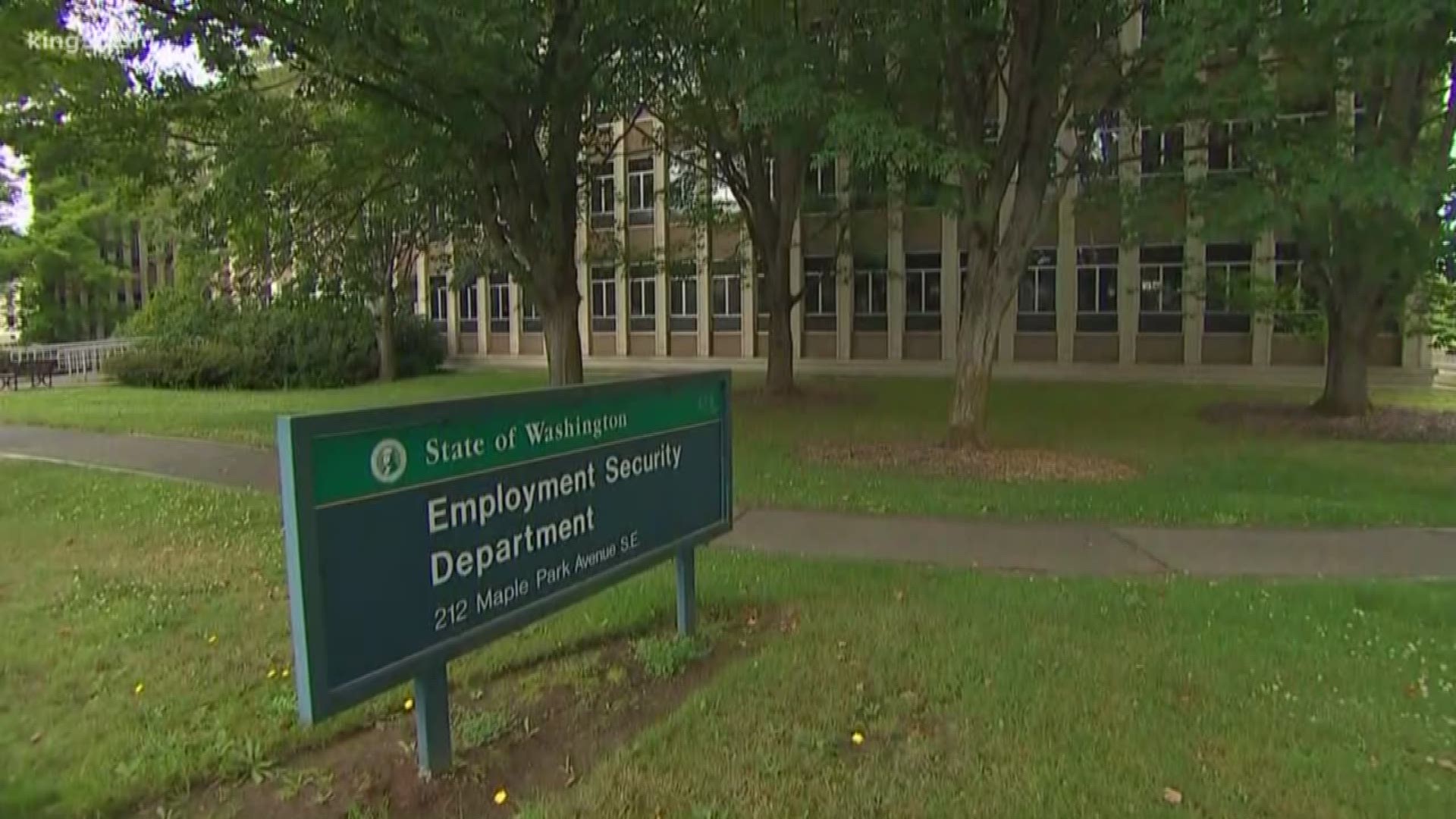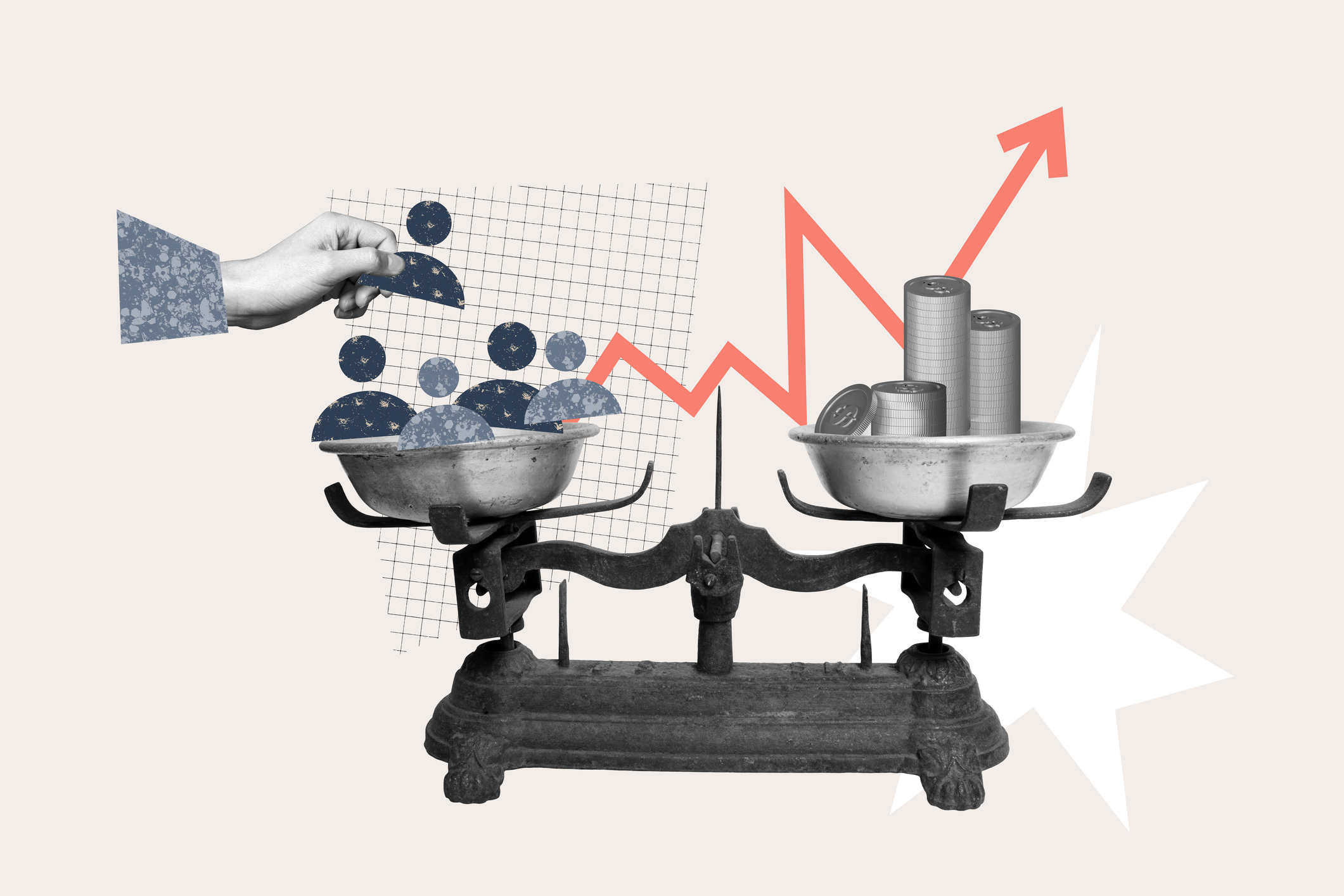Key Findings
- Long-term public debt and unfunded liabilities in Seattle are increasing at a rapid pace, much faster than the growth in the city’s population.
- Public long-term debt increased by 43% over five years, while population grew only 12%.
- Each Seattle resident effectively owes over $10,700 in long-term public financial obligations.
- Public spending increased by more than 39% over five years. Population increased by less than one-third of that amount over the same period.
- To create a sustainable budget and get debt under control, officials should use the current economic boom to stop excessive spending increases and pay down debt.
- A policy of spending control and debt reduction during good times will leave the city in a stronger financial position to face an inevitable future recession.
Introduction
Seattle has two major categories of long-term obligations: long-term debt and unfunded liabilities. Long-term debt includes borrowing to pay for major capital projects, such as Alaskan Way Corridor, Seawall, Fire Stations, Precinct, Pike Place Market, Bridge, and Information Technology projects. Unfunded liabilities include the portion of City of Seattle employee pensions and other post-employment benefits for which Seattle has not invested sufficient funds to cover expected costs.
Both long-term debt and unfunded liabilities in Seattle keep increasing. They are growing at a much faster rate than the city’s population. Here are the per-capita obligations to pay off Seattle’s long-term debt and unfunded liabilities.




